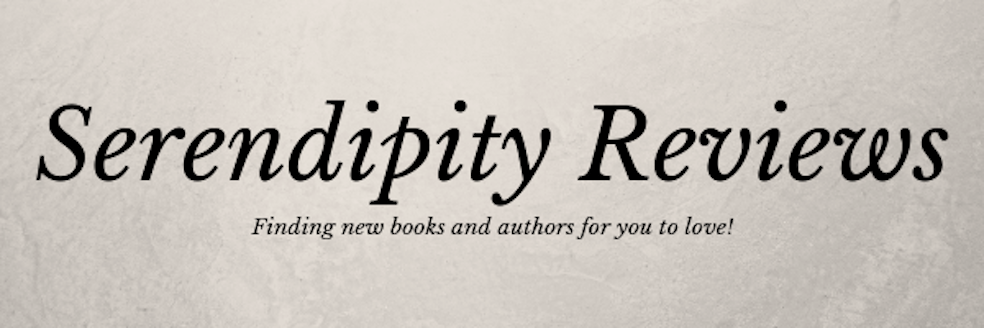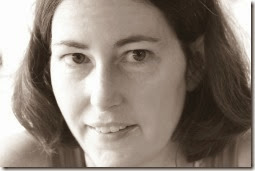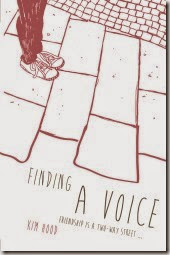As part of the Finding a Voice blog tour, I am pleased to welcome the author, Kim Hood, to the blog to talk about her reading habits as a child.
As a child, as soon as I was able to read a chapter book on my own, my life was transformed. I‘d liked picture books quite a bit, but I was in love with novels! I didn’t just read stories, I was instantly transported into another place the minute my eyes scanned the first words. The world around me dissolved and there I was in the story; I was the character in the book. I could read anywhere—in the car, in the school yard surrounded by the usual noise of games and quarrels, trail after my mum in the grocery shop. I’d be so far from the real world that I no longer heard anything but the voices of the characters, and it was only when someone was shouting or shaking me that I would remember where I actually was.
It wasn’t just the fantastical that drew me either. I wanted to see life through other people’s eyes. I was constantly questioning what would it be like if I were that person? So I devoured stories of kids from different places, different times, different cultures and life circumstances to my own. I especially loved the extreme emotions: sadness, passion, terror.
Those worlds were so real to me. Even after finishing a book, the people and the places could dominate my life for weeks. I’d pretend to be the characters, making up new stories and playing them out in my imagination. Half of my memories of being a child are things from books and not my real experiences. I only need to see the cover of a favourite book from my childhood to have the sights and feelings, and especially the characters, of the story flood my memory.
I’ve never lost my love affair with stories, but I suppose like all great romances the euphoria fades, and reading is never quite as magical as with the first books I read as a child. With so many competing responsibilities, I don’t have the guilt free time I did then—to just think of nothing but the particular book-of-the-moment. But it is more than that, I think. Adults are not supposed to get lost in their imagination. Certainly pretending to be book characters while cooking dinner is frowned upon, especially if it involves talking to other imaginary book characters—not that I do that, of course I don’t (much).
Luckily for me, I can still get away with living in my imagination. I call it writing. When I feel the urge to pretend, and talk to characters, I do it through the keyboard or the pen. Jo and Chris and everyone else in Finding a Voice came out of pretending in my head. The great thing about being an adult and pretending is that I have so many more experiences to draw on than I did as a child. The emotions and experiences I craved as a child—I’ve lived those now and so I can spill them onto the page for others to explore. Real life entwines with the imagination and the possibilities for stories are infinite.
Finding a Voice was published in August by O’Brien Press.
Summary
Jo could never have guessed that the friendship she so desperately craves would come in the shape of a severely disabled boy. He can’t even speak. Maybe it is because he can’t speak that she finds herself telling him how difficult it is living with her eccentric, mentally fragile mother.
Behind Chris’ lopsided grin and gigantic blue wheelchair is a real person — with a sense of humour, a tremendous stubborn streak and a secret he has kept from everyone.
For a while it seems life may actually get better. But as Jo finds out just how terrible life is for Chris, and as her own life spirals out of control, she becomes desperate to change things for both of them. In a dramatic turn of events, Jo makes a decision that could end in tragedy.
Behind Chris’ lopsided grin and gigantic blue wheelchair is a real person — with a sense of humour, a tremendous stubborn streak and a secret he has kept from everyone.
For a while it seems life may actually get better. But as Jo finds out just how terrible life is for Chris, and as her own life spirals out of control, she becomes desperate to change things for both of them. In a dramatic turn of events, Jo makes a decision that could end in tragedy.
To find out more about Kim Hood:



No comments:
Post a Comment
Hiya, thanks for stopping by, it is always nice to hear what you have to say, so do leave a comment if you have time.